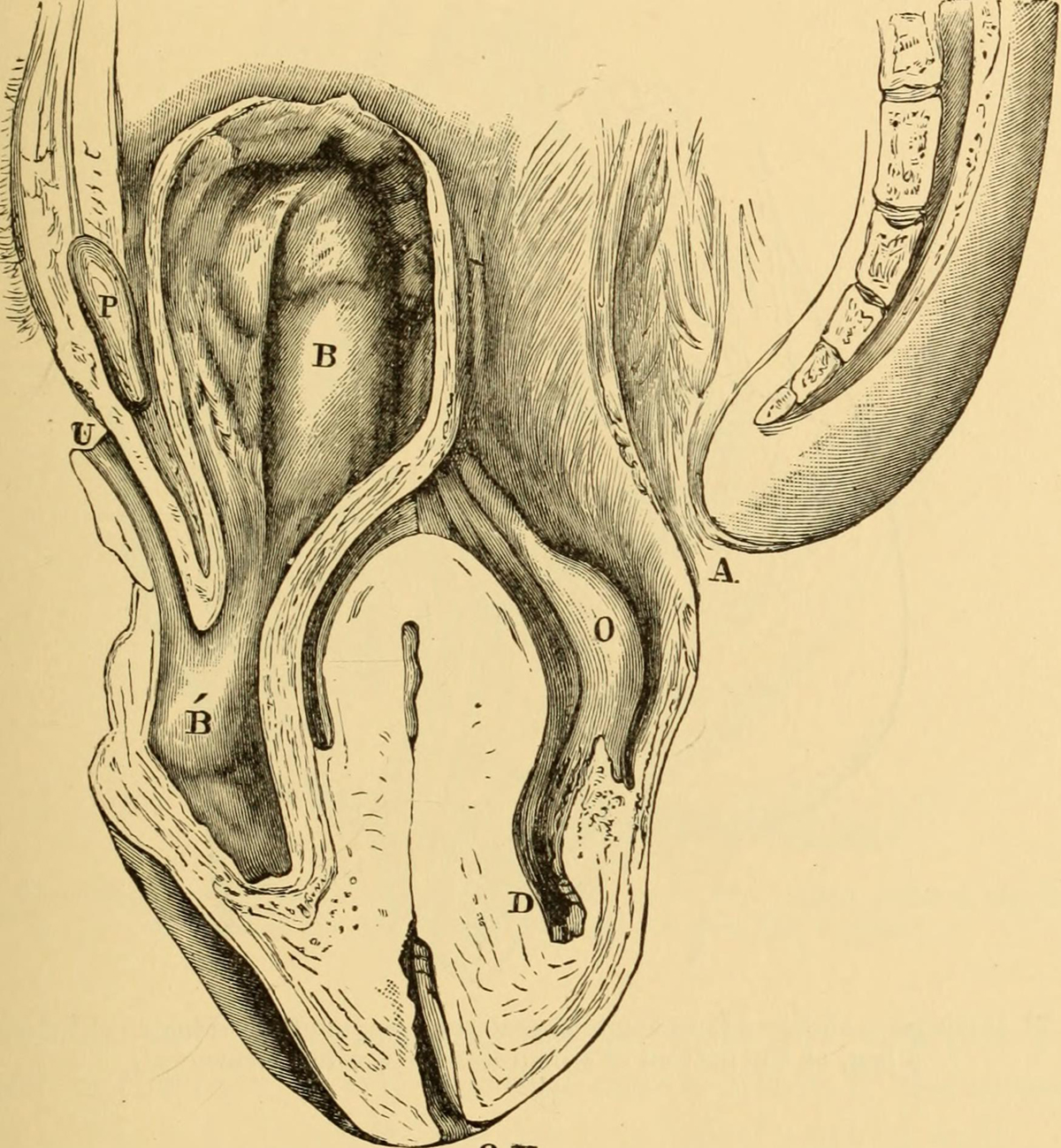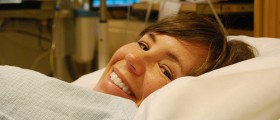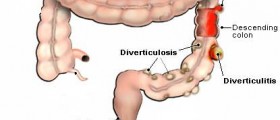
Vaginal prolapse is a medical condition in which certain organs such as uterus, rectum, bladder, urethra, small bowel or the vagina fall out or their normal position and protrude through the vaginal wall. The effects of such condition are truly severe since one develops serious problems with sexual function as well as urination and defecation.
Vaginal prolapse develops as a consequence of weakening or damage to the muscles and ligaments that normally hold the pelvic organs in their place. Once muscles and ligaments fail to provide with proper support the affected organs descend and the symptoms and signs of the condition occur.
What Are Causes of Vaginal Prolapse?
Childbirth, particularly multiple, is one of the leading causes of weakening of the pelvic floor muscles and subsequent vaginal prolapse. The percentage of women suffering from vaginal prolapse increases in case of every additional delivery. Menopause is often considered as one of many risk factors for pelvic organ prolapse. Still, there is no sufficient evidence that can confirm the connection between the condition and menopause.
Furthermore, the risk of vaginal prolapse increases in women who have had surgeries in the pelvic area. During the surgery pelvic floor muscles and ligaments may be damaged and eventually induce vaginal prolapse. Obesity yet another risk factor for vaginal prolapse. Being overweight seems to play a significant role in the occurrence of the condition. The condition is also age-related since it affects elderly women more than women in their reproductive years.
Some studies have shown that women whose family members such as mothers or sisters are also suffering from vaginal prolapse are at higher risk of developing the condition themselves. There are also ethnic differences and women of certain races are more prone to vaginal prolapse comparing to other races. And finally, vaginal prolapse affects more women who are exposed to repetitive straining such as chronic constipation or jobs that include heavy lifting.
Types of Vaginal Prolapse
Rectocele is a prolapse of the rectum in which the rectum protrudes through the back wall of the vagina creating a bulge. Cystocele represents a prolapse of the bladder and in this case bulging affect the anterior wall of the vagina. If the prolapse also affects the urethra, it is known as urethrocele. Eneterocele is bulging of the vaginal wall caused by protrusion of the small bowel. Prolapsed uterus develops due to serious weakening of the pelvic muscles and ligaments and can be classified into four stages depending on the severity of the condition. Prolapsed uterus can be treated, even without surgery. And finally, a vaginal vault prolapse occurs after hysterectomy. In this type of prolapse, due to the lack of support, the top of the vagina falls towards the vaginal opening and, if left neglected, the entire vagina may protrude out through the vaginal opening.

















Your thoughts on this
Loading...